Dielectric Fluids
Leakers, What a Mess!
The End of the Road for Transmission Incentives
Dielectric Fluids

RWE Expands Its Footprint with 450 MW of Battery Energy Storage in Texas
In a significant move for the renewable energy landscape, RWE, a leading global energy company, has announced the addition of 450 megawatts (MW) of battery energy storage capacity in Texas. This expansion underscores the growing importance of energy storage solutions in enhancing grid reliability and supporting the integration of renewable energy sources. As the demand for clean energy continues to rise, RWE's investment reflects a broader trend in the energy sector toward more resilient and...
Related Articles
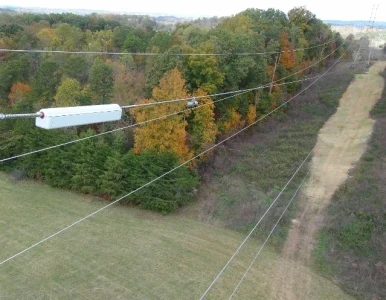
The End of the Road for Transmission Incentives
In a significant shift, the Federal Energy Regulatory Commission (FERC) has decided to abandon its transmission incentives policy, particularly the construction work in progress (CWIP) incentives. This decision marks a pivotal change in how transmission projects are financed and regulated,...

Advancements in Dissolved Gas Analysis: Accounting for Gas Loss
Dissolved gas analysis (DGA) in transformers is a very successful periodic screening method to identify transformers that may be having problems. It is a symptom-based assessment of health, rather than a condition-based assessment. That is because the gases themselves do not cause failure, but are...

New options for insulation systems in power transformers
Introduction The development of new insulation materials has been critical in the evolution of the design of power transformers. Insulation systems for liquid filled power transformers are a combination of materials that are aimed to provide the required electrical, mechanical, thermal properties...

Hydrogen Monitoring in the Transformer Headspace Compared to Traditional In Oil Monitoring
The utilization of online dissolved gas analysis monitoring has proven to be one of the most effective predictors of overall transformer health and condition. A wide range of monitoring systems are available, offering multiple costs, features, and benefit combinations. Hydrogen MonitoringSingle or...
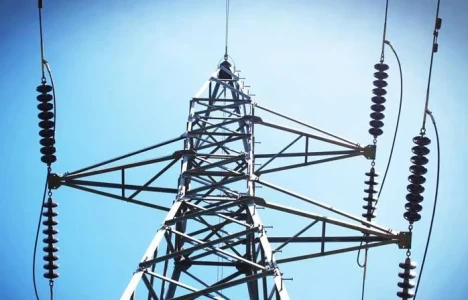
FERC Complaint Targets Duke, PJM Transmission Planning
A coalition of large energy consumers and ratepayer advocates has filed a complaint with the Federal Energy Regulatory Commission (FERC), urging the agency to prohibit transmission owners from independently planning "local" transmission projects exceeding 100 kilovolts (kV). The coalition argues...
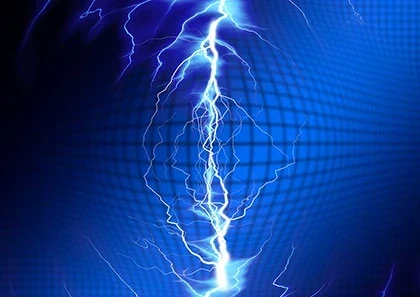
RWE Expands Its Footprint with 450 MW of Battery Energy Storage in Texas
In a significant move for the renewable energy landscape, RWE, a leading global energy company, has announced the addition of 450 megawatts (MW) of battery energy storage capacity in Texas. This expansion underscores the growing importance of energy storage solutions in enhancing grid reliability...

Digital Twins for Substations: Bridging the Physical and Digital Worlds
In the rapidly evolving landscape of power grid management, digital twin technology is emerging as a game-changer for substations. By creating virtual replicas of physical assets, digital twins bridge the gap between the physical and digital worlds, enabling enhanced operational efficiency and...

The End of the Road for Transmission Incentives
In a significant shift, the Federal Energy Regulatory Commission (FERC) has decided to abandon its transmission incentives policy, particularly the construction work in progress (CWIP) incentives. This decision marks a pivotal change in how transmission projects are financed and regulated,...
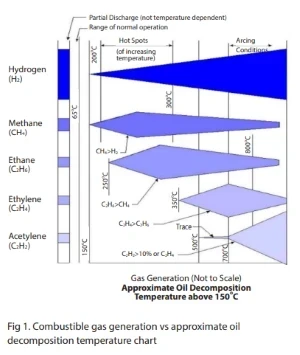
Hydrogen Monitoring in the Transformer Headspace Compared to Traditional In Oil Monitoring
The utilization of online dissolved gas analysis monitoring has proven to be one of the most effective predictors of overall transformer health and condition. A wide range of monitoring systems are available, offering multiple costs, features, and benefit combinations. Hydrogen MonitoringSingle or...
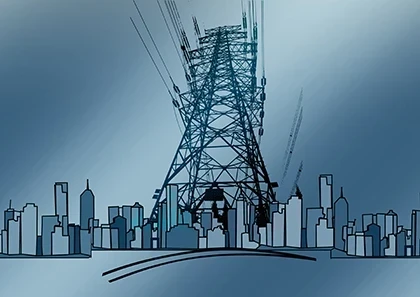
Dielectric Voltage Testing – Standard Methods
There are two standard methods from ASTM International: D877, Standard Test Method for Dielectric Breakdown Voltage of Insulating Liquids Using Disk Electrodes, and D1816, Standard Test Method for Dielectric Breakdown Voltage of Insulating Oils of Petroleum Origin Using VDE Electrodes. VDE stands...
